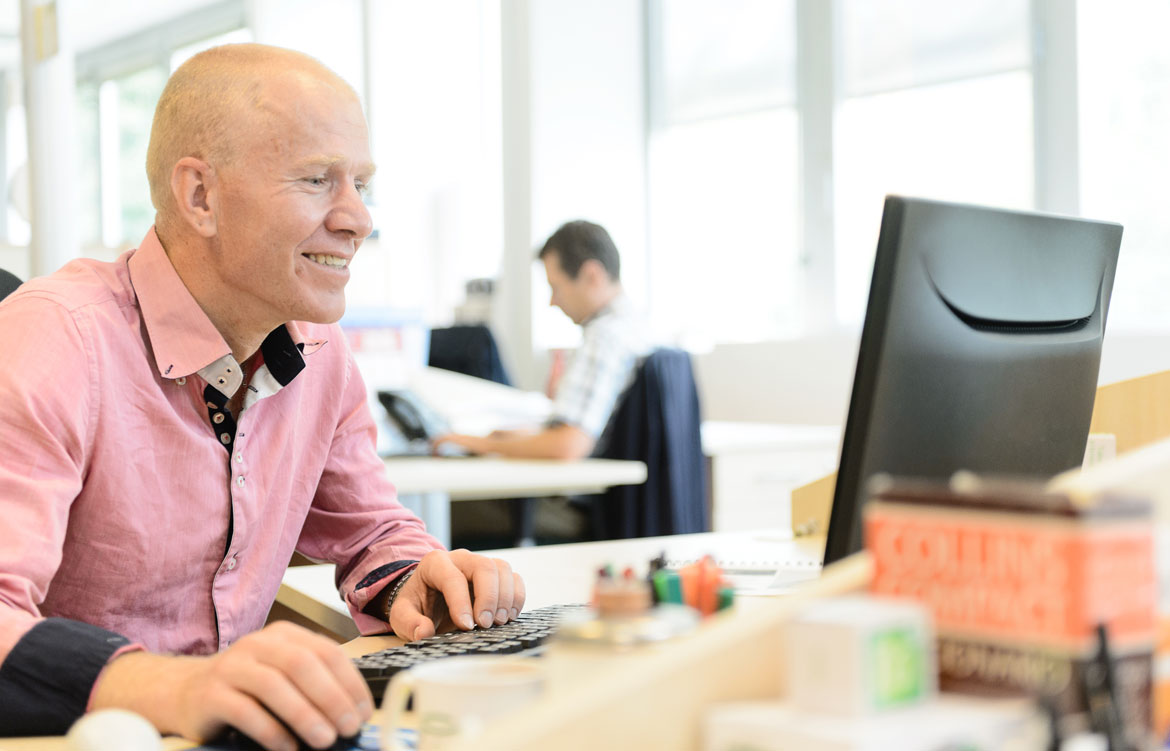The events of the past months have forced a rethink of existing workspace ideals. How will we adapt current strategies in workplace design for our new future?

October 7th, 2020
Workspace agility isn’t new. For years companies have been aiming to become more agile, promoting remote working and flexible hours. As a result, real estate tenants’ requirements changed and new ‘flexible offices” emerged. This type of office space enables companies to scale quickly, as well as helping to attract sought-after talent, notably younger generations who prioritize flexibility.This generation are looking for more than a high-quality workspace that offers bottomless coffee and a standing desk. They are looking for a culture of innovation, where they have the opportunity to socialize, collaborate and ultimately, learn. As a result, workplace data analytics and space utilization tools enabled by integrated building technology have been adopted to continually optimize the environment.
In the past couple of months, the global disruption has triggered building owners and facility managers to rethink their flexible workspace strategies. The world has moved to ‘remote’ in a matter of weeks, with many companies moving all but essential systems online. As many studies attest, working from home can prove more productive, while enabling a more flexible working schedule. The speed of this mass shift has caused employers, employees and building owners to question the validity of offices and office environment.
The next great challenge is the ‘return-to-work’. Strategies will need to consider new and different aspects of flexible working including, social distancing, office density, safety, wellness and team collaboration. But how can these requirements and co-working strategies adapt to a new future?
Social distancing and office density
Although most offices moved to open space layouts, employees now must maintain a set distance from colleagues. Sensing technologies and digital analytics will help employees to find unoccupied desks and visualize accurate information indicating when the space was cleaned since its last use and that it is two meters away from colleagues, for example.
Safety and Wellness in Workspaces
It is expected many will adopt standard procedures upon entering a building with questioning and thermographic temperature scanning. Non-invasive thermal camera technologies are available today and can be deployed in interactive kiosks in entrance lobbies. So called Thermal Fever Screening can also be a solution, with a thermal camera, systems can automatically detect people who might have an elevated temperature and notify them.

Team Collaboration
As we have already discussed, companies need to consider various elements as they prepare for the safe return to the office for their employees. This includes the use of which not only count the number of people but use the data to inform users in real time when social distancing requirements have not been met and provide alternatives.
This same ability to count people can also be used to drive Building Management System (BMS) adjustments to airflow settings and the volume of fresh air, helping to ensure rooms have individual control that supports a healthy environment in the office. Tenants can hold their building owners accountable to provide a safe and healthy environment so even those at higher risk can feel comfortable returning to their offices and buildings.
The key requirements of commercial real estate buildings will not fundamentally change and the need to provide productive, collaborative, comfortable and flexible space will remain. However, health and connectivity will be the focus of workplace strategies more than ever. Flexible, connected and healthy workspaces are the offices that employees are looking to return to and fortunately, many technologies that were being used to encourage employee productivity and manage space can help to ensure this new environment is possible.
To learn more about the technologies that are available today to enable some of these changes, you may be interested in Schneider Electric’s Workplace Advisor, Connected Room Solution or the Engage Enterprise App, and if you want to find out more about how IoT will help Workspace’s of the future, listen to the SchneiderElectricSG podcast.
A searchable and comprehensive guide for specifying leading products and their suppliers
Keep up to date with the latest and greatest from our industry BFF's!

BLANCO launches their latest finish for a sleek kitchen feel.

Elevate any space with statement lighting to illuminate and inspire.

Elevate your outdoor spaces with pieces that are beautiful, functional, and engineered for you.

With the exceptional 200 Series Fridge Freezer, Gaggenau once again transforms the simple, everyday act of food preservation into an extraordinary, creative and sensory experience, turning the kitchen space into an inspiring culinary atelier.

Resonant colour, rich materiality and thoughtful spatial planning create a highly functional and beautiful office for BresicWhitney in Mosman, Sydney.

We speak to Dr Daniel Davis, Hassell Head of Research and author of a recent landmark piece of workplace design research.

Fermob, the renowned French outdoor furniture brand, has inaugurated its first showroom in Sydney, solidifying its presence in the Australian market.

Italian furniture brand Pedrali is known for leading the way when it comes to the workplace. We speak with Busetti Garuti Redaelli design studio about the evolution of the Buddy collection – a solution for hybrid spaces that can support all sorts of working styles.
The internet never sleeps! Here's the stuff you might have missed

Functionality doesn’t forego aesthetic appeal in Autex’s new range of acoustic panels that bring organic, highly detailed patterns to scale. Meet Mirage.

The reimagined format of ORGATEC for 2024 has reinvigorated the world’s leading trade fair for workplace design, resulting in the most successful edition to date. Read on to discover highlights and new trends from ORGATEC 2024.